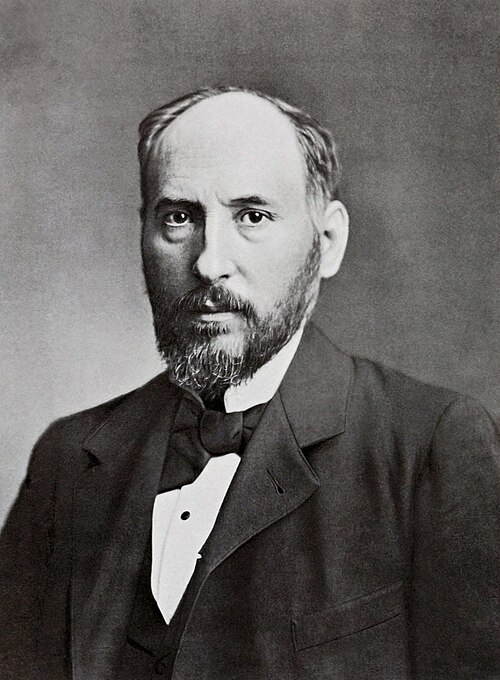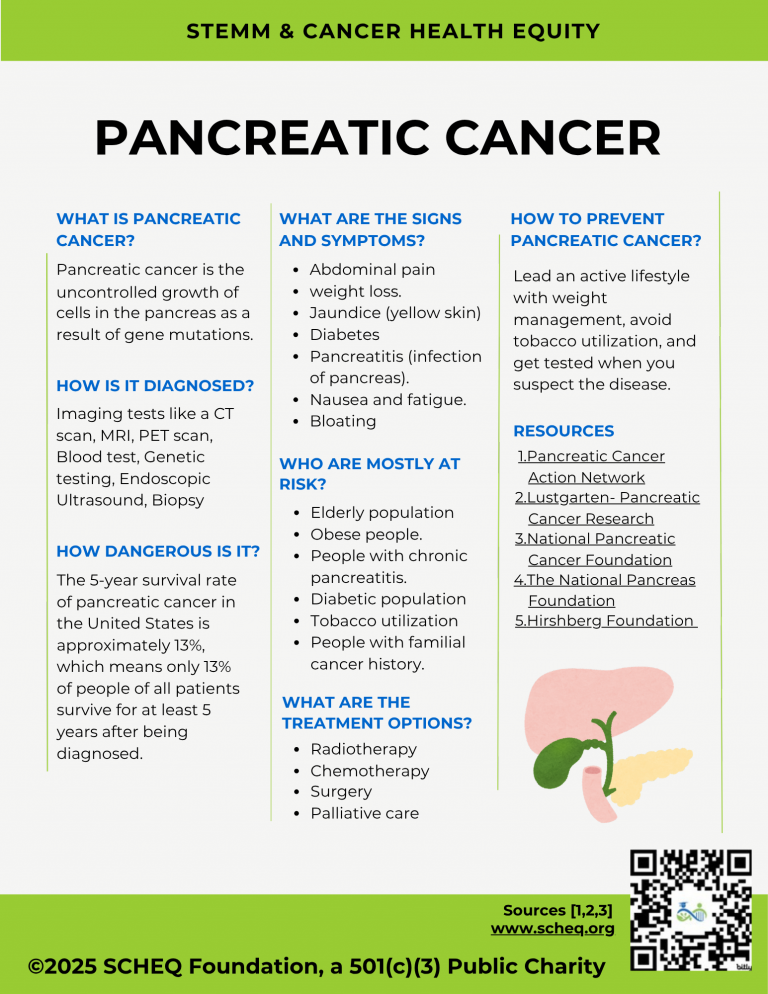Dr. Santiago Ramón y Cajal (May 1 1852 – October 17, 1934) was born in Petilla de Aragón, Spain. He spent most of his childhood causing trouble, leading to frequently changing schools and even an arrest at the age of 11. His greatest love was art and medicine, as his father would take him to graveyards at the age of 16 to sketch human remains. Subsequently, he used his artistic talents to illustrate brain cell branching to such surgical precision that his illustrations are still used today, and he became known as the father of modern neuroscience. He used him combination of training to be a barber, histology, and medicine to change understanding of how the body functions.
Dr. Ramón y Cajal obtained his Licentiate in Medicine (1873) from the University of Zaragoza and joined the Spanish Army’s expedition to Cuba where he contracted malaria and tuberculosis. He returned in 1875 and obtained his MD (1877) from Complutense University of Madrid. In 1879, he became the Director of the Anatomical Museum at the University of Zaragoza, where he worked until 1883, when was appointed Professor of Anatomy at the University of Valencia. During his time there, he learned about the cell staining Golgi methods, which he then applied to the nervous system and developed increasingly detailed drawings of neurons through the majority of brain regions.
In 1892, he accepted a Full Professor position at the Central University of Madrid and, in 1899, became the Director of the National Institute of Hygiene. Here, he would write his famous “Texture of the Nervous System of Man and the Vertebrates” in 1904. For his contributions to our understanding of the nervous system, he was awarded the Nobel Prize in Physiology or Medicine in 1906, becoming the first Spaniard to win the award. In 1922, he founded the Laboratory of Biological Investigations, later renamed the Cajal Institute, which was a benchmark of Spanish Neuroscience.
He published more than 100 manuscripts in Spanish and French on histology, nervous system, and the brain and spinal cord. He had numerous accolades and honorary degrees.
REFERENCES:
- https://www.nobelprize.org/prizes/medicine/1906/cajal/biographical/
- https://pmc.ncbi.nlm.nih.gov/articles/PMC4451410/
- https://www.sciencedirect.com/science/article/pii/S0006899324006395
- https://www.scientificamerican.com/article/the-father-of-modern-neuroscience-discovered-the-basic-unit-of-the-nervous-system/
IMAGE SOURCE:
- Public Domain since published before 1930
- Santiago Ramón y Cajal 1899
- Anonymously to Clark University




